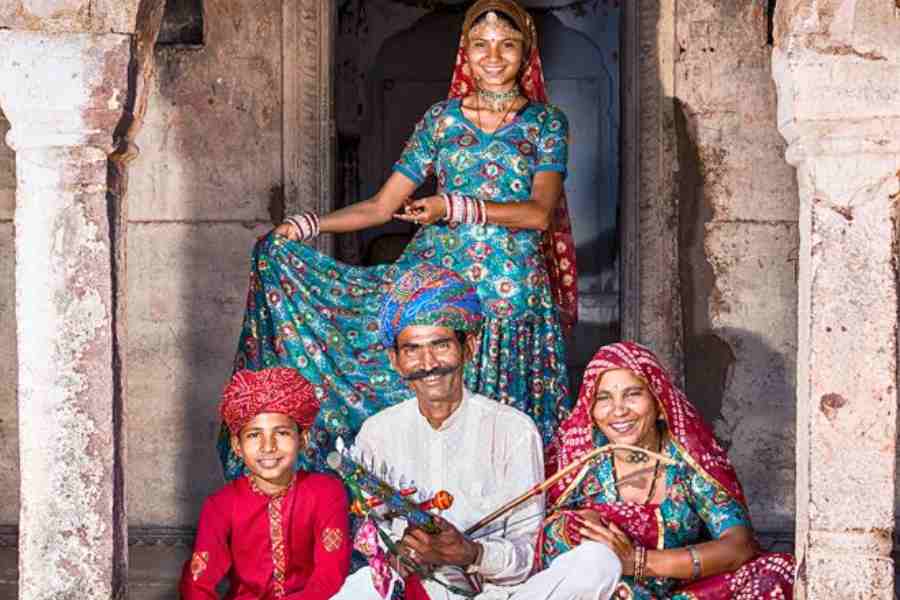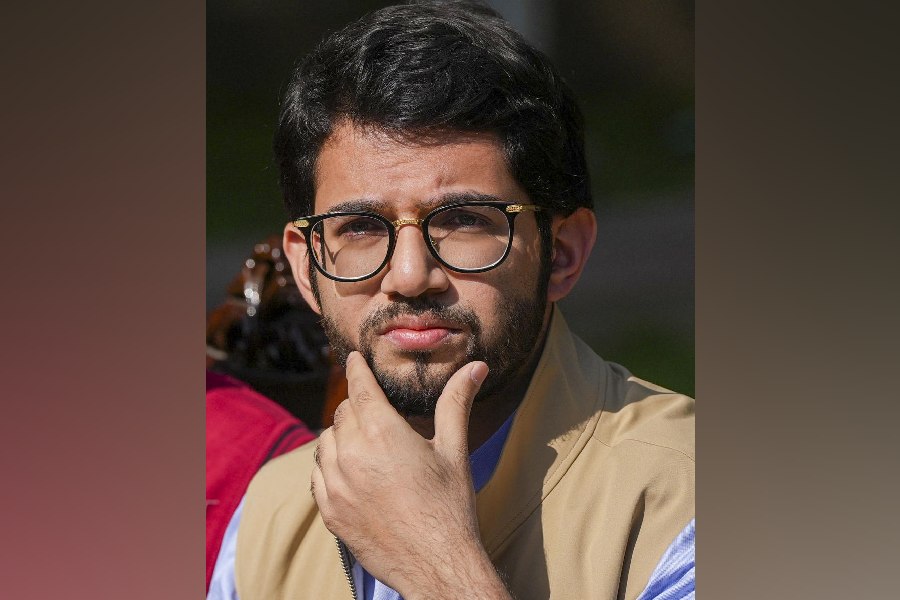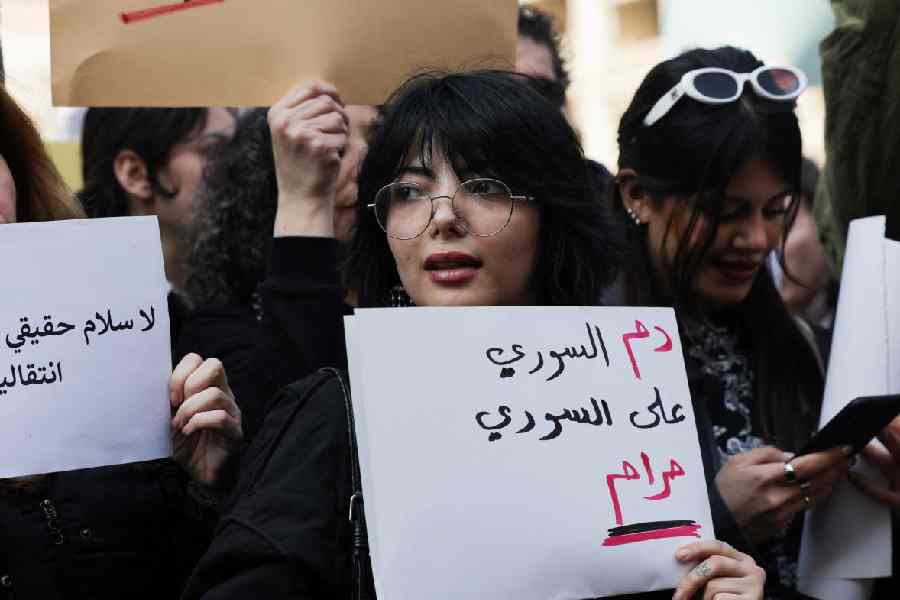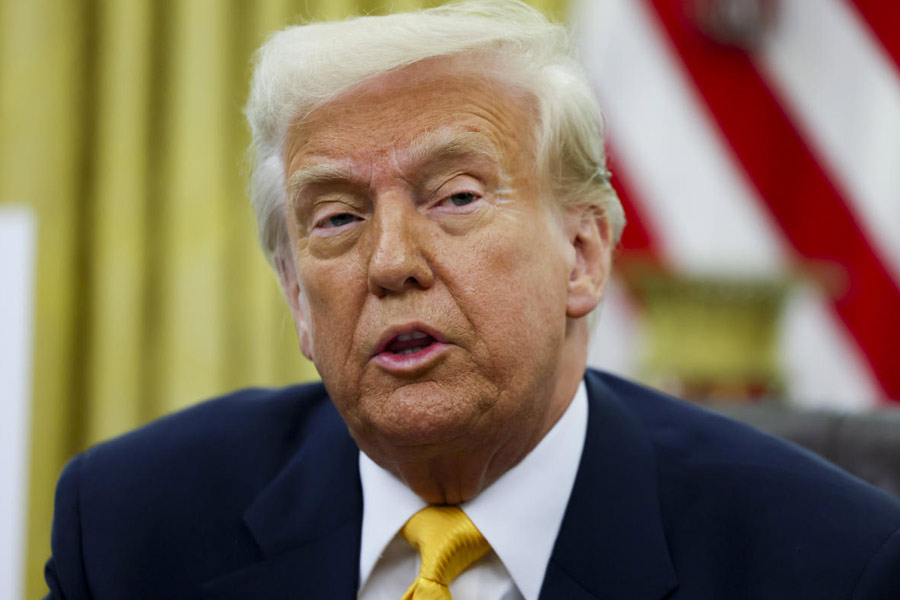When Covid-19 was ravaging our land, many struggled to find a way to sustain life. Migrant workers tried to get back to their villages or towns, and a relatively smaller group of citizens — performing artists — fell silent. The life of performing artists is always outside the home; they come alive on stages, streets, temple festivals and social gatherings. Their emotional, psychological and economic well-being is determined by mobility. The pandemic trapped them within the four walls of their houses. In our efforts to provide some relief to marginalised artists, some of us offered them livelihood support through our foundations. Soon, we realised that our work did not even touch the surface of the problem and the scale of the need was very high.
Conversations with performing artists across the country brought to light the vulnerability of this community. Every government, Union and state, takes pride in its cultural diversity and displays artists whenever there is a need to add colour to drab state, national or international events. Beyond this superficial and exploitative use of artists, especially those who come from marginalised communities, nothing substantial has ever been done for them. Many minor and uninspiring initiatives have been put forward in spurts, only to collapse, to be relegated to the bottom of the file, or just forgotten. The obsession with technology has also made it that much more difficult for artists to access anything the government proposes. Since artists are not a politically powerful, unified collective, there is apathy. They are used and thrown away like disposable utensils. Even when governments have called on them to perform, they are paid pittances and treated with disdain. The differentiation between ‘classical’ artists and ‘others’ is known to all, but rarely spoken off.
Opportunities for performance in many art forms are seasonal. They appear around temple festivals, social events, and occur during specific months. Artists augment their annual income by working on fields or doing odd jobs. While all this was known to me even before the Covid-19 crisis, the pandemic threw into sharp focus their fragile reality and the need to address their uncertain situation. Some may ask why artists or artisans should be treated as a separate category. If this is how we are going to perceive artists, then all the fake talk of soft power, cultural diversity and artistic brilliance needs to stop. We seem more interested in archiving dying art forms than addressing the socio-economic needs of artists who practise these marginal art forms so that they do not disappear from our aesthetic palette.
The contribution of artists to our social fabric and productivity is difficult to assess because economic metrics cannot measure their impact. The arts play a subliminal role in nurturing a creative, cohesive, mutually understanding and politically robust society. The intermingling of the old, new, traditional, modern, languages, dialects, literal and abstract occur in many subtle and interpretative ways and can leave a transformative and everlasting imprint. Such a society will move closer to the heartfelt need of every individual and collective: happiness. A society that enables economic well-being for all will be a natural byproduct of such an awakened social environment. Let us also keep in mind that the arts are specialised fields that need focused training. No artist can be replaced by just any other person.
As I watched the horrors of the pandemic unravel and the struggle of artists, it was clear that economic security for distressed artists was an urgent need. Following a few discussions, the well-known activists, Aruna Roy and Nikhil Dey, of the Mazdoor Kisan Shakti Sangathan and I prepared a document that suggested an MGNREGA-like guarantee of hundred days of work for artists. In this proposal, the state government would enroll artists every year on a self-selection basis. They would be given opportunities to perform, teach, present lecture demonstrations and create online video content. The platforms for these presentations would be schools, colleges, government events, online sites and promotions of social schemes. We had proposed that every district would ensure that artists and art forms in their district are prioritised, thereby localising the scheme. This idea’s potential, we believed, went beyond poverty alleviation. It could be a bridge to bring communities together, at the village, town and district levels, instil cultural pride, give school and college education a more rounded character, empower the disfranchised, and give the tourism industry a fillip.
It is wonderful that the Rajasthan government has recently announced a scheme that is similar in purpose. According to its plan, a database of folk artists would be created. Artists would not only be given hundred days of work and paid Rs 500 per day but would also receive a one-time grant of Rs 5,000 to buy instruments. To celebrate the launch of the scheme, around 3,000 folk artists participated in performances and flash mobs in Jaipur. Though other states like Kerala have schemes that provide some economic support for artists, this move by the Rajasthan government is, indeed, an important step in recognising, understanding and responding to the continued needs of the larger community of artists, especially those who are socio-economically marginalised.
But such schemes also come with their fair share of difficulties. The definition of art itself is a fraught question because sport, labour, ritual and art overlap in so many complicated ways. State governments have to keep in mind plurality and intra-state cultural practices and define art within its own context. Mapping sustainable and repeatable employment opportunities is needed. Opportunities cannot be dependent only on government events. Hence, there needs to be a buy-in from other departments such as education, tourism, culture, social justice, minorities and religion. Since in the normal course, artists get performance opportunities during specific periods in a year, the government must make sure that this scheme does not compete with those periods. Traditional stages at social and religious celebrations must not suffer due to this proposal. There are other issues, such as differentiating among art forms that are presented by one person, a small group or large groups. We need to correlate these different art forms with appropriate opportunities. At the societal level, art is also a marker of discrimination; hence caste, gender and religious differentiations will be an impediment for enrolment and the opportunities being allocated. Those from the government working on this project have to be trained to understand cultural diversity and their own biases must be addressed. Artisans also need to be brought into this scheme. Since artisanry involves physical products, a different design is required.
Parliamentary legislation that recognises the immeasurable contribution of artists and artisans, places them as a vulnerable group, and assures them a basic minimum annual employment will be ideal. Until then, every state has to evolve a plan that suits its artists. It is hypocritical for any state to use artistic diversity as window-dressing while artists suffer and eventually give up their artistic pursuit.
T.M. Krishna is a leading Indian musician and a prominent public intellectual











